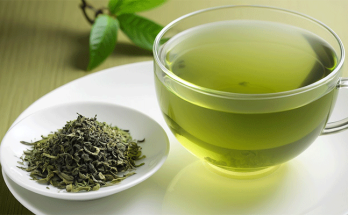
As the winter season approaches, many of us find ourselves bracing for the inevitable – joint pain. The chilly weather seems to bring with it a host of aches and discomforts, especially in our joints. But what exactly causes this winter-induced discomfort, and how can we find relief without resorting to medication?
In this blog post, we’ll delve into the causes of joint pain in winter and explore some effective home remedies for finding comfort and ease.











Joint Pain in Winter Rises
Temperature Drops and Joint Sensitivity
The drop in temperature affects the fluid within our joints. This makes them less flexible and more prone to stiffness, leading to discomfort and pain. Additionally, the cold weather can cause the muscles around the joints to tighten, exacerbating the issue.
Reduced Physical Activity
Winter often discourages outdoor activities, leading to a decrease in physical exercise. This lack of movement can result in weakened muscles and reduced joint mobility, contributing to joint pain.
Common Causes of Winter Joint Pain
- Arthritis Flare-Ups
- For individuals with arthritis, the colder months can be particularly challenging. The drop in temperature can lead to increased inflammation and pain in the joints affected by this condition.
- Muscle Tension and Stress
- Cold weather can lead to increased muscle tension, especially around the neck, shoulders, and back. This tension can radiate to the joints, causing pain and discomfort.
- Poor Circulation
- The body’s natural response to cold weather is to constrict blood vessels, reducing blood flow. This can lead to poor circulation, which in turn affects joint health.
Home Remedies and Tips for Winter Joint Pain
Stay Active Indoors
While it may be tempting to hibernate during winter, staying active is crucial for joint health. Engage in gentle indoor exercises like yoga or Pilates to keep your joints flexible and strengthen the surrounding muscles.
Warm Compresses
Applying a warm compress to the affected joints can provide immediate relief. The heat helps increase blood flow, relax muscles, and alleviate pain.
Maintain a Healthy Diet
A balanced diet rich in anti-inflammatory foods can help manage joint pain. Incorporate foods like fatty fish (rich in omega-3 fatty acids), colorful fruits and vegetables (loaded with antioxidants), and nuts and seeds.
Hydrate Well
Proper hydration is essential for maintaining joint health. Water helps in lubricating joints and ensuring they function smoothly. Aim to drink at least eight glasses of water a day.
Use Natural Remedies
Certain natural remedies like turmeric, ginger, and Epsom salt baths have anti-inflammatory properties that can provide relief from joint pain. Including these in your routine can make a noticeable difference.
Stay Warm and Layer Up
Preventing your body from getting too cold is key. Dress in layers, including warm gloves and socks, to keep your extremities insulated. This can help reduce the likelihood of joint stiffness and pain.
Practice Stress-Relief Techniques
Since stress can contribute to muscle tension and joint discomfort, incorporating relaxation techniques like deep breathing exercises, meditation, or aromatherapy can be highly beneficial.
In Conclusion
As winter settles in, it’s important to be proactive in managing joint pain. By understanding the causes and implementing these simple home remedies, you can find relief and keep those winter aches at bay. Remember, a little care and attention to your joints can go a long way in ensuring a comfortable and pain-free season. Stay warm, stay active, and take good care of your joints!









